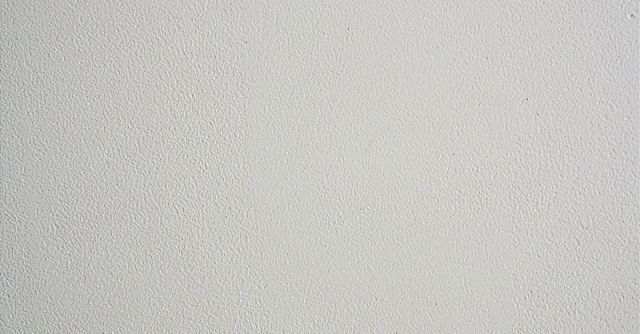Concrete is a popular material used in both residential and commercial construction projects because of its durability, low cost, and versatility. However, to achieve a professional-looking finish, some level of surface finishing is necessary. The most common way of achieving this is through the use of surface finishing tools. These tools can be used to smooth out rough surfaces, create a more uniform finish, and even to create decorative effects.
Benefits of Using Surface Finishing Tools
Using surface finishing tools on concrete can offer a number of benefits, including:
- A smoother, more attractive appearance
- Reduced risk of cracking or chipping
- Improved water resistance
- Increased durability
- A more professional finish
The benefits of using surface finishing tools are particularly noticeable in outdoor projects where the concrete will be exposed to the elements. By ensuring the surface is properly finished, you can help protect the concrete from the elements and extend its lifespan.
Types of Surface Finishing Tools
There are a variety of surface finishing tools available, each designed for different types of concrete surfaces. The most common types are:
- Trowels
- Floats
- Scarifiers
- Grinders
- Polishers
Trowels are the most basic type of surface finishing tool and are typically used to smooth out rough surfaces. Floats are also used to smooth out rough surfaces, but are better suited for larger surfaces such as driveways and sidewalks. Scarifiers are used to remove old coatings, grime, and other debris from concrete surfaces. Grinders are used to create a more uniform finish, and polishers are used to add a glossy finish.
How to Use Surface Finishing Tools for Perfect Concrete
Using surface finishing tools to achieve a perfect finish on concrete requires a few steps:
- Clean the surface: Before using any of the surface finishing tools, it’s important to clean the concrete surface. This will help to ensure that the finishing process is successful and that there are no remnants of dirt or debris left behind.
- Use the right tools: Selecting the right tools for the job is essential. Different types of tools are better suited for different types of surfaces and tasks, so it’s important to select the right tools for the job.
- Work in small sections: For larger projects, it’s best to work in small sections. This will help to ensure that the surface is even and consistent, and that there are no missed spots.
- Apply multiple coats: Applying multiple coats of the surface finishing material will help to achieve a more professional finish. Be sure to allow adequate drying time between coats.
- Seal the surface: After the surface has been finished, it’s important to seal it. This will help to protect the concrete from moisture and other elements that could damage it.
Using surface finishing tools can help to create a perfect finish on concrete, but it’s important to use the right tools and techniques. Taking the time to do the job correctly will ensure that the concrete will remain in perfect condition for years to come.






